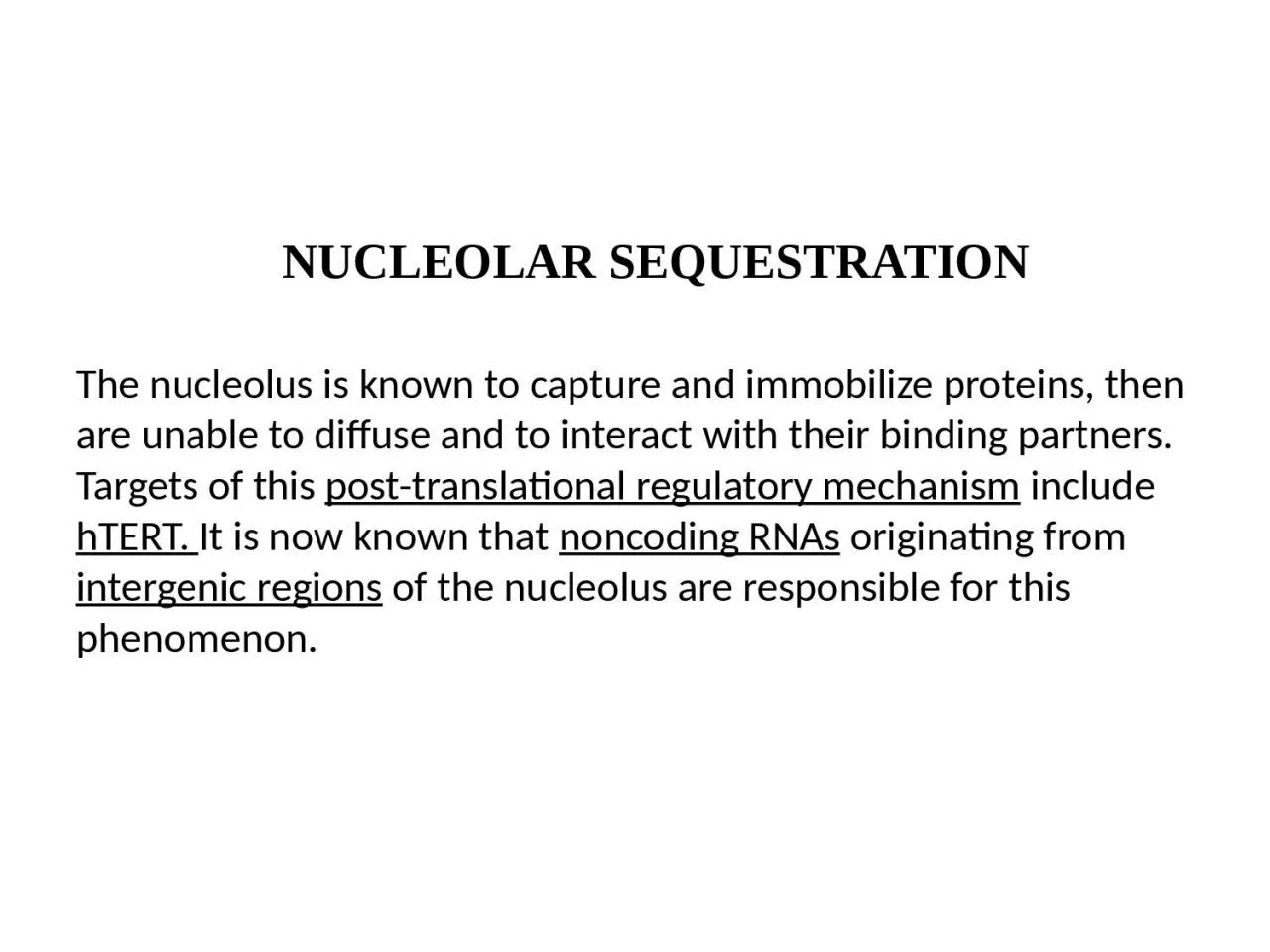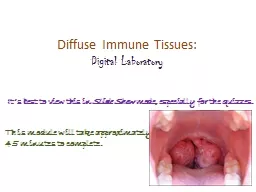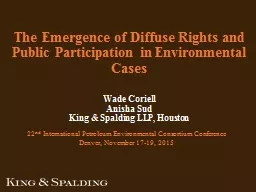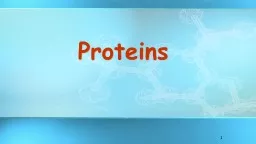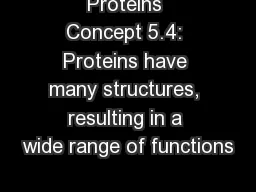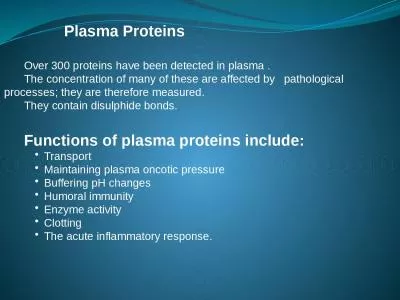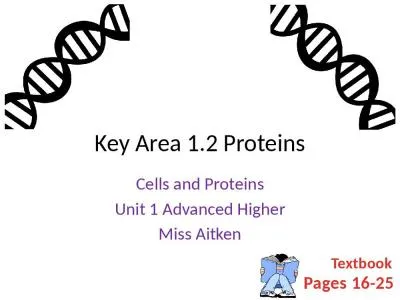PPT-The nucleolus is known to capture and immobilize proteins, then are unable to diffuse
Author : josephine | Published Date : 2023-11-18
posttranslational regulatory mechanism include hTERT It is now known that noncoding RNAs originating from intergenic regions of the nucleolus are responsible
Presentation Embed Code
Download Presentation
Download Presentation The PPT/PDF document "The nucleolus is known to capture and im..." is the property of its rightful owner. Permission is granted to download and print the materials on this website for personal, non-commercial use only, and to display it on your personal computer provided you do not modify the materials and that you retain all copyright notices contained in the materials. By downloading content from our website, you accept the terms of this agreement.
The nucleolus is known to capture and immobilize proteins, then are unable to diffuse: Transcript
Download Rules Of Document
"The nucleolus is known to capture and immobilize proteins, then are unable to diffuse"The content belongs to its owner. You may download and print it for personal use, without modification, and keep all copyright notices. By downloading, you agree to these terms.
Related Documents

